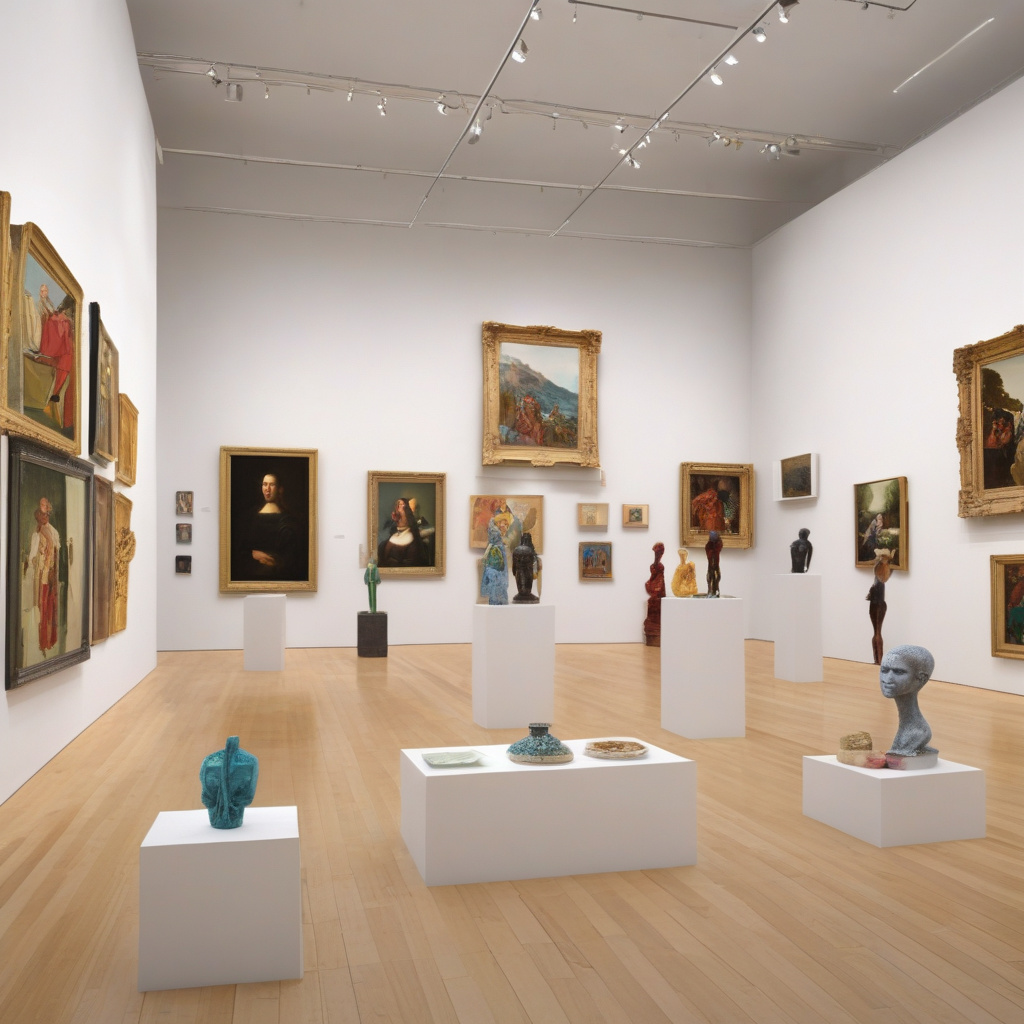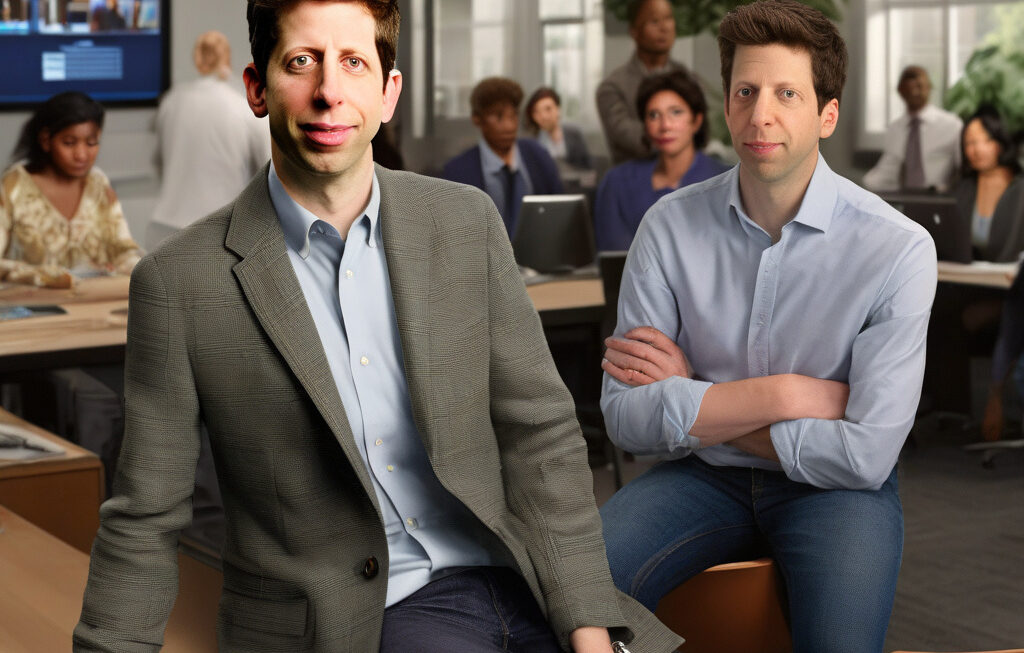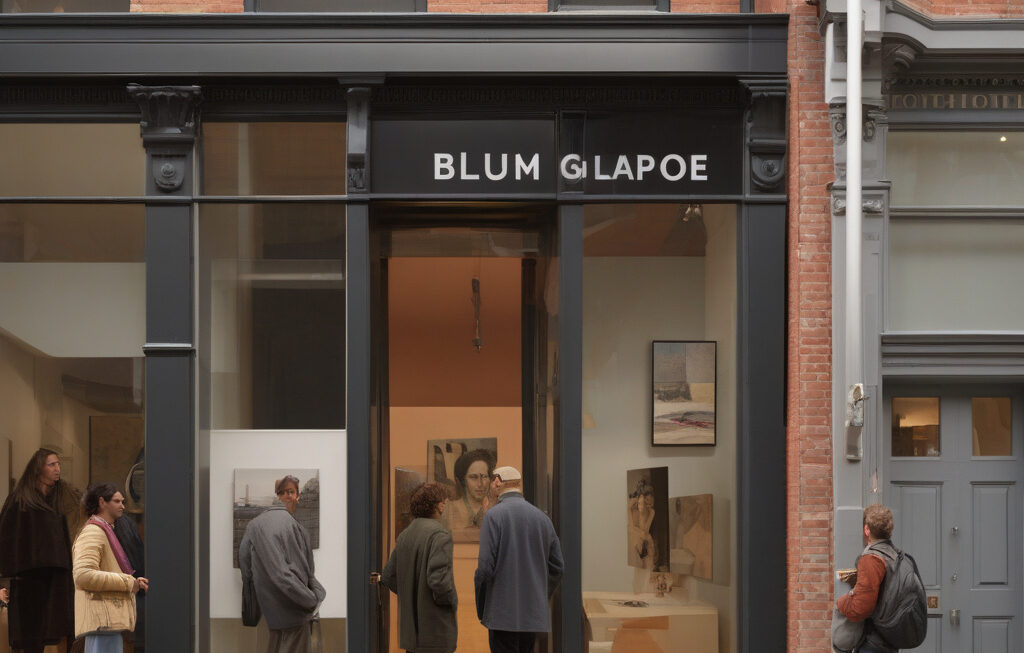Is the Art Market AI-Proof?
Artificial intelligence (AI) has been making waves in various industries, from healthcare to finance, revolutionizing processes and efficiency. The art world is no exception, with artists increasingly experimenting with AI to create unique and thought-provoking pieces. However, despite the advancements in AI-generated art, there is a prevailing sentiment that the traditional art market is, in fact, AI-proof.
Marc Spiegler, the Global Director of Art Basel, is among those who believe that AI will not disrupt the business of art. While AI can be a powerful tool for artists to explore new creative avenues and push boundaries, Spiegler argues that the essence of art lies in human emotion, experience, and creativity – elements that cannot be replicated or replaced by technology.
One of the key reasons why the art market may be resistant to AI disruption is the subjective nature of art appreciation and valuation. Art has always been intertwined with personal interpretation, cultural context, and historical significance. The emotional connection that art elicits from viewers plays a crucial role in its value, making it challenging for AI to fully understand and replicate.
Moreover, the art market thrives on uniqueness, rarity, and storytelling – aspects that are deeply rooted in human creativity. While AI can analyze vast amounts of data and patterns to generate art, it may lack the depth, nuance, and originality that human artists bring to their work. Collectors and art enthusiasts are often drawn to the personal touch and narrative behind a piece, something that AI-generated art may struggle to convey.
Another factor that contributes to the art market’s resistance to AI disruption is the role of the artist as a cultural figure. Artists are not just creators of art but also influencers, visionaries, and storytellers. Their identity, experiences, and perspectives shape their work in ways that go beyond technical skill or algorithmic calculations. The artist’s persona and legacy are often as valuable as the art itself, adding layers of complexity that AI may not be able to emulate.
While AI-generated art has generated interest and intrigue in the art world, with pieces selling at auctions and being displayed in prestigious galleries, it is often viewed as a complement rather than a replacement to traditional art practices. AI can be a tool for artists to enhance their creative process, generate new ideas, or explore unconventional techniques. However, the core of artistry – the human touch, emotion, and storytelling – remains fundamental to the art market’s enduring appeal and value.
In conclusion, while AI continues to push boundaries and redefine creativity across industries, the art market remains steadfast in its belief that human creativity and expression are irreplaceable. The subjective, emotional, and cultural dimensions of art defy simple algorithmic replication, preserving the uniqueness and allure of traditional art forms. As technology and art intersect, the art market may evolve and adapt, but its essence as a celebration of human imagination and ingenuity remains AI-proof.
art market, artificial intelligence, creativity, human touch, traditional artforms












